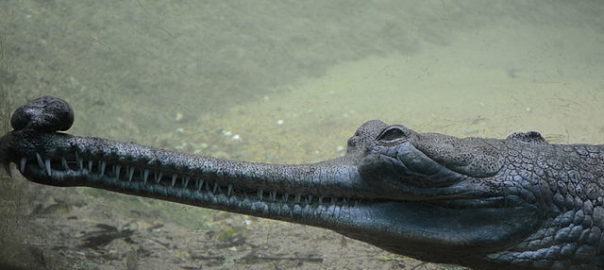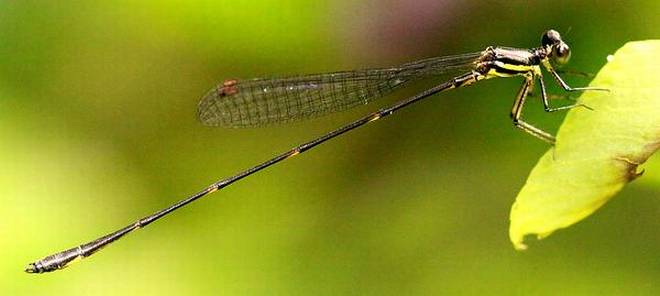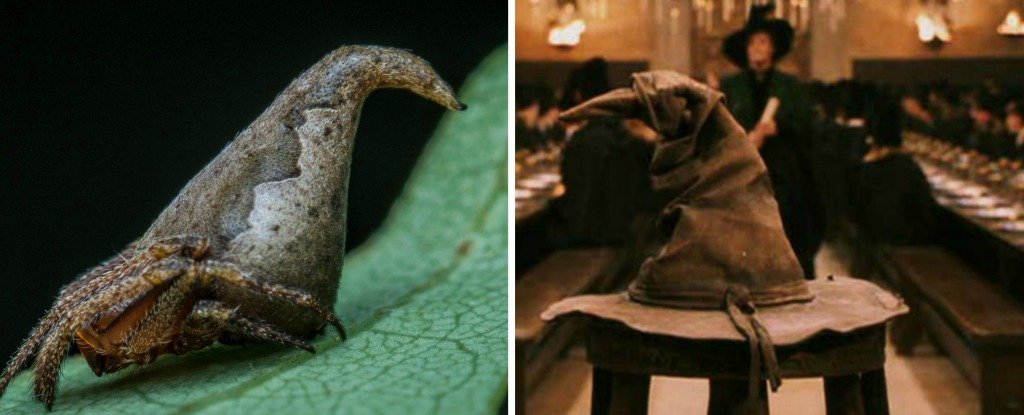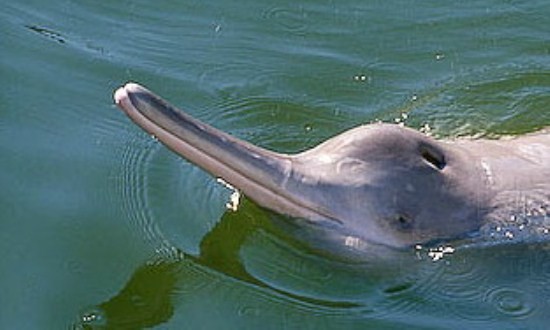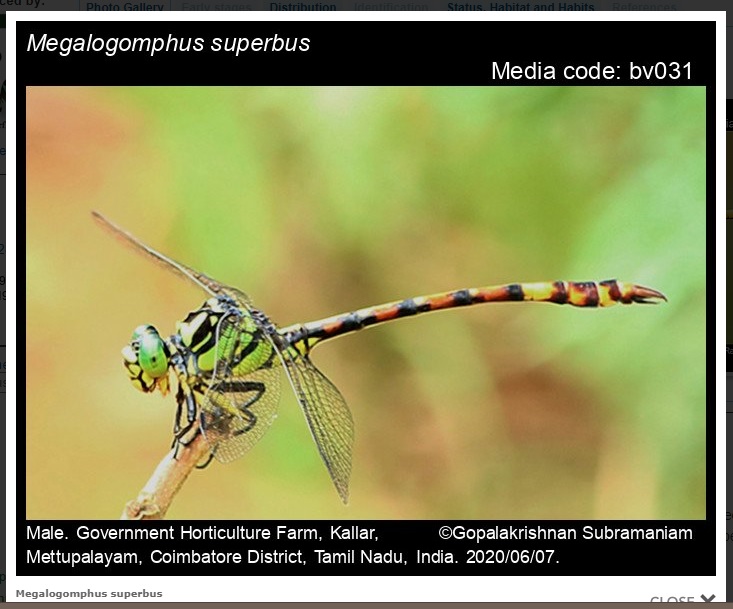The river Gandak in India is called Narayani in Nepal, but ask one Ghariyal, and the trans-boundary differences just merge into one long river path which it took to travel for more than 1000 kilometres from Nepal to India.
According to the Wildlife Trust of India, biologist Subrat Behera working on the Gharial Recovery Project in Gandak River came across this incident on social media. He recognized the tail scute markings by photographs shared by his counterparts in Nadia district of West Bengal where the gharial was caught in a fishing net last May.
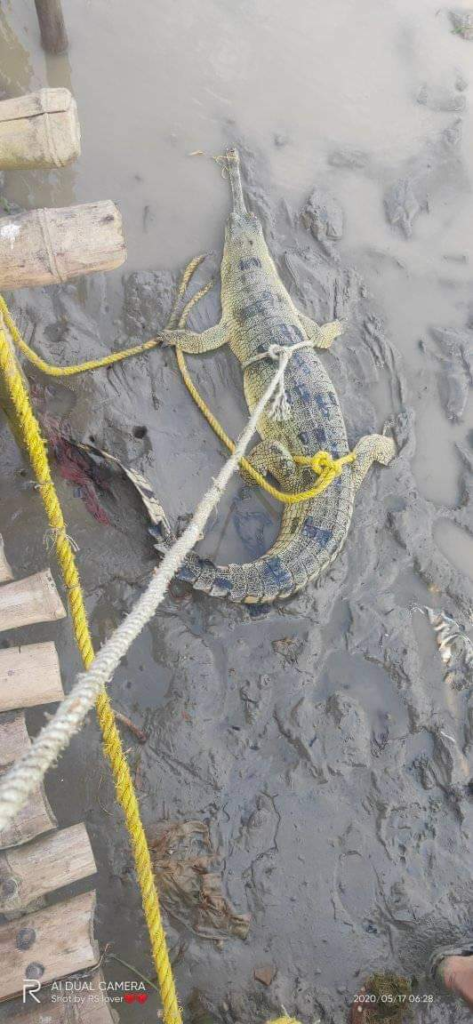
Tail scute markings are uniquely coded by gharial conservation biologists for monitoring of the released gharial in the wild. When Behera closely observed the animal, he identified it to be one that was released in Nepal.
“This Gharial was released upstream in Rapti River (a tributary of Narayani as called in Nepal) and has journeyed about 1100 km from its release site,” added Subrat Behera, confirmed by Bed Bahadur Khadka, Gharial Conservation and Breeding Center, Chitwan National Park, Nepal.
Also Read: Farmers, Forest Officials and WWF come together to save the Gharial
The Gharial is also known as the Gavial and the fish-eating crocodile. It is the longest living member of the crocodile family and the most Critically Endangered crocodilian species in the world. The geographical range of gharial distribution has dwindled throughout Pakistan, Bhutan, India, Nepal and Bangladesh.
In India, there were an estimated 5,000-10,000 Gharials in 1946 but now the numbers are somewhere over 600 showing a rapid decline over three generations. In the Ganga river and its tributaries less than 200 gharials survive.
The Gharial from Nepal probably swam taking the route Rapti- Narayani / Gandak – Ganga – Farakka – Hooghly River according to WTI. It reached the Indian rivers in 61 days and was caught in the third week of May.
“We are not transferring it to a zoo. We are looking for the right habitat to release the gharial. Gharials are freshwater animals. If released back into the Hooghly, there is every chance that it will reach further downstream where there is a saltwater surge. The gharial will not be able to survive in saline water,” said Ravi Kant Sinha, chief wildlife warden of the state to Telegraph India.
Prof BC Choudhary, crocodilian expert and Executive Trustee WTI emphasized the need of releasing Gharials in the winter months i.e. Nov – Feb, as this allows them time to adapt to its natural habitat. “Crocodile breeding projects often release them during summers and even monsoons which is not advisable” he stressed.
Also Read: In Conversation with the Gharial

